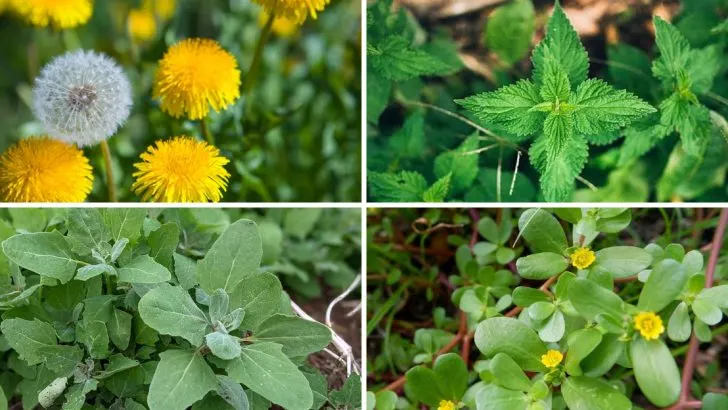It’s funny how quickly opinions can change in the plant world. Some of the most sought-after garden additions today were once written off as weeds—pulled, ignored, or cursed for popping up where they weren’t wanted. Now? People are tracking them down at nurseries, praising their resilience, and calling them “low-maintenance charmers.”
This list highlights 20 plants that have made that leap from nuisance to must-have. Some bring color, some support pollinators, and a few just have that wild, natural look everyone seems to be after lately. It’s a reminder that sometimes the plants worth keeping are the ones that don’t try too hard.
Dandelion

Dandelions, once a gardener’s nemesis, have bloomed into popularity. Their vibrant yellow flowers and fluffy seed heads are not only visually appealing but also edible. These sunny plants are packed with vitamins A, C, and K, making them a nutritious addition to salads and teas.
Beyond their culinary uses, dandelions play a role in traditional medicine, known for their detoxifying properties. They can improve liver health and aid digestion, providing a natural remedy for various ailments.
Once a symbol of neglect, dandelions now adorn gardens, celebrated for their versatility and resilience.
Nettle
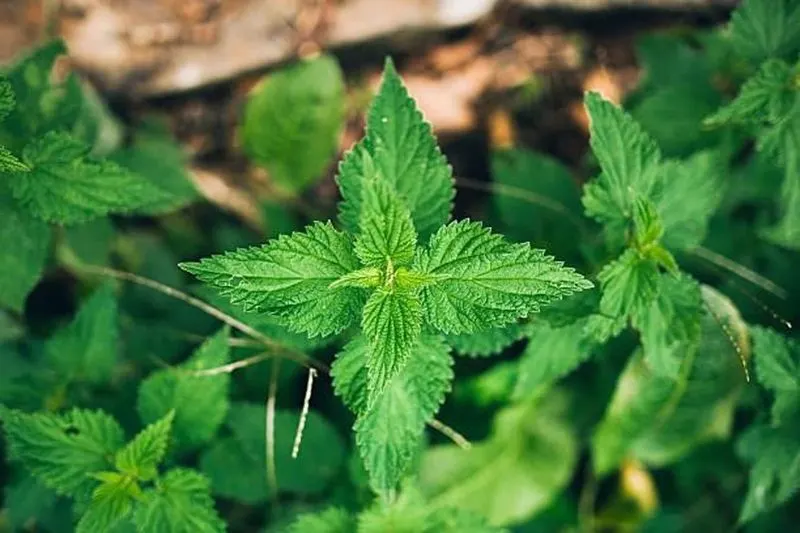
Nettles, notorious for their sting, have shed their bad reputation. These hardy plants are now in vogue, thanks to their nutritional density and medicinal properties. Rich in iron, calcium, and antioxidants, nettles are often used in soups and teas.
The prickly leaves, when cooked, lose their sting, transforming into a flavorful and nutritious ingredient. Nettles are also used to make natural dyes and fertilizers, showcasing their versatility.
The once-dreaded nettle has emerged as a superfood hero, embraced by chefs and gardeners alike for its benefits.
Lambsquarters
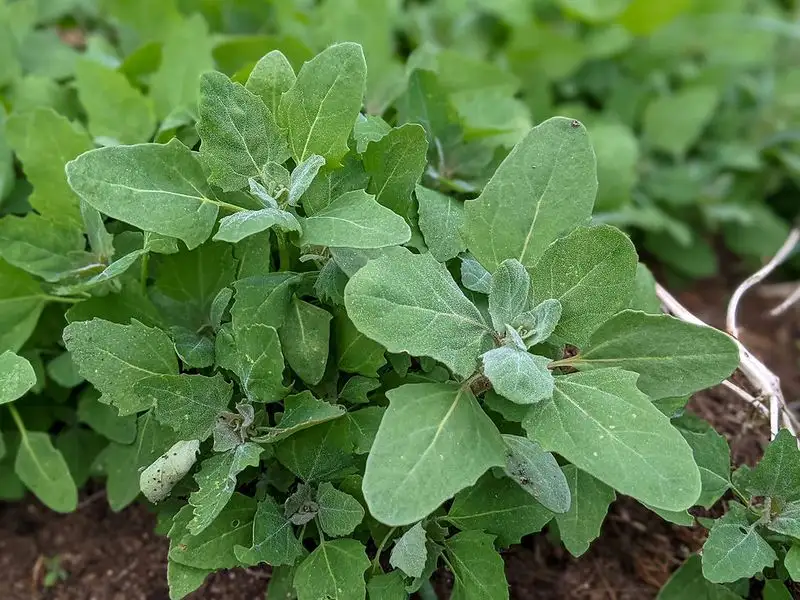
Lambsquarters, often mistaken for an unremarkable weed, have gained recognition for their culinary potential. With leaves high in vitamins A and C, they serve as a spinach alternative in dishes.
The tender leaves are pleasant when sautéed or added to salads, offering a mild, nutty flavor that delights the palate. Lambsquarters also contain essential minerals like calcium and iron, contributing to a healthy diet.
Once pulled from gardens without a second thought, lambsquarters now enjoy a place of honor among culinary enthusiasts for their taste and nutrition.
Purslane
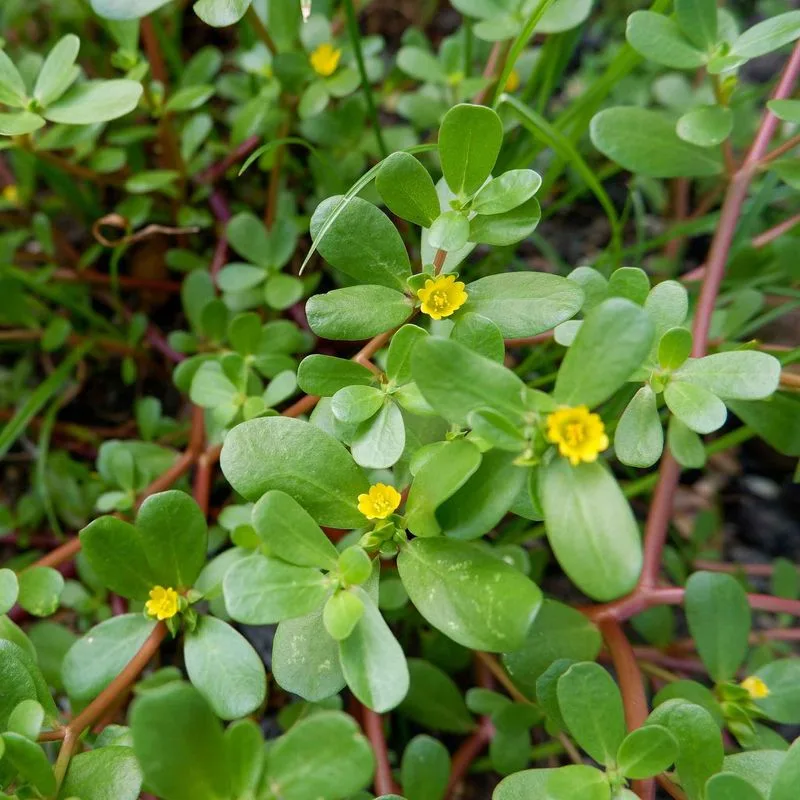
Purslane, with its succulent leaves, was once an unwelcome guest in gardens. Today, it’s celebrated for its rich omega-3 content and crunchy texture, making it a perfect addition to salads.
Its tangy flavor pairs well with fresh vegetables and dressings, offering a refreshing bite. Purslane is also known for its high levels of vitamin E and beta-carotene, promoting eye and skin health.
Elevated from weed status, purslane has become a sought-after ingredient in gourmet kitchens, appreciated for its nutritional punch and versatility.
Chickweed
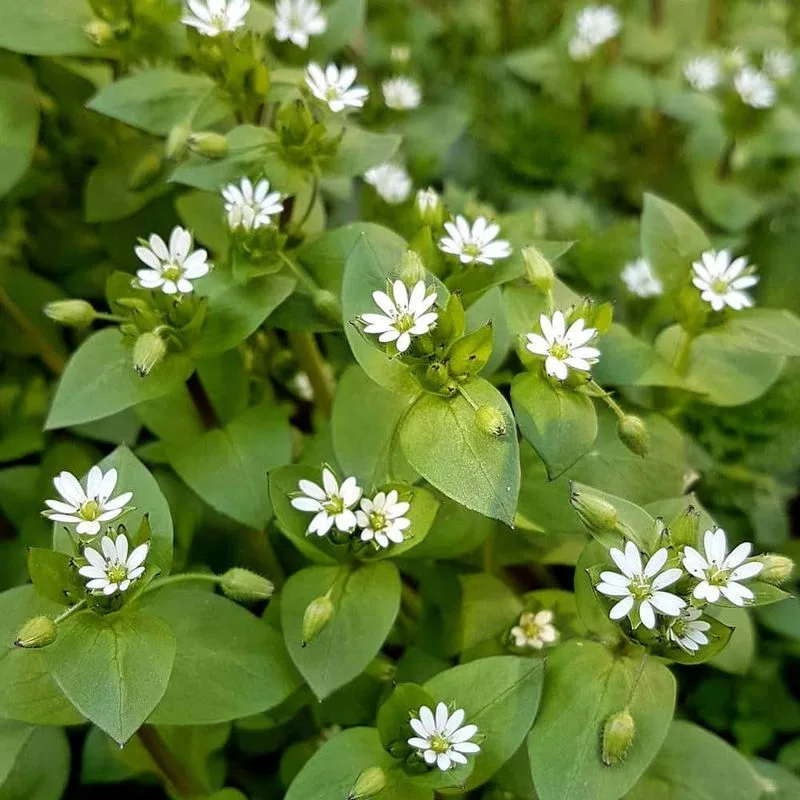
Chickweed, with its delicate white flowers, is more than a pesky weed. It’s a nutritious powerhouse, often used in salads and herbal remedies.
Rich in vitamins and minerals, chickweed supports skin health and reduces inflammation. The tender leaves offer a mild flavor, adding a fresh note to dishes.
Beyond the kitchen, chickweed is used in creams and ointments for its soothing properties. Its transformation from weed to wonder plant is a testament to its hidden benefits, drawing attention from gardeners and herbalists alike.
Creeping Charlie

Creeping Charlie, often cursed for its invasive nature, has found a niche in herbal medicine. Known for its minty aroma, it’s used in teas and tinctures to alleviate coughs and colds.
Its ground-covering habit makes it ideal for filling shady garden spots, adding a lush green carpet with its round leaves. The plant’s resilience and ease of growth have endeared it to permaculture enthusiasts.
From nuisance to natural remedy, creeping Charlie has earned its place in gardens, offering both beauty and health benefits.
Plantain

Plantain, not to be confused with the banana-like fruit, is a plant with a host of uses. Its broad leaves are used to soothe insect bites and skin irritations, thanks to their anti-inflammatory properties.
In the kitchen, plantain leaves are used in teas and salads, providing a source of vitamins and minerals. They’re also used in poultices and ointments for wound healing.
Once dismissed as a weed, plantain’s medicinal and culinary uses have elevated its status, making it a valued addition to both gardens and home apothecaries.
Milk Thistle
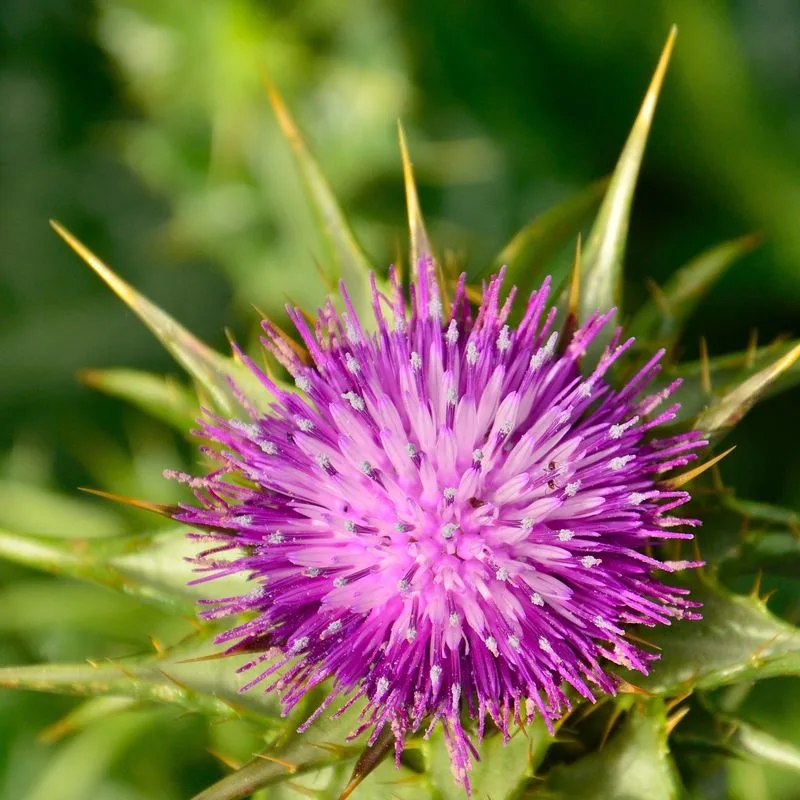
Milk thistle, famous for its spiky appearance, has found favor in herbal medicine. Its seeds contain silymarin, known for supporting liver health and detoxification.
This striking plant with purple flowers is not just medicinal but also ornamental, adding a pop of color to gardens. The young leaves, when cooked, provide a nutritious vegetable side dish.
Milk thistle’s journey from weed to wellness staple highlights its valuable health benefits, making it a sought-after plant for both beauty and healing.
Ground Ivy
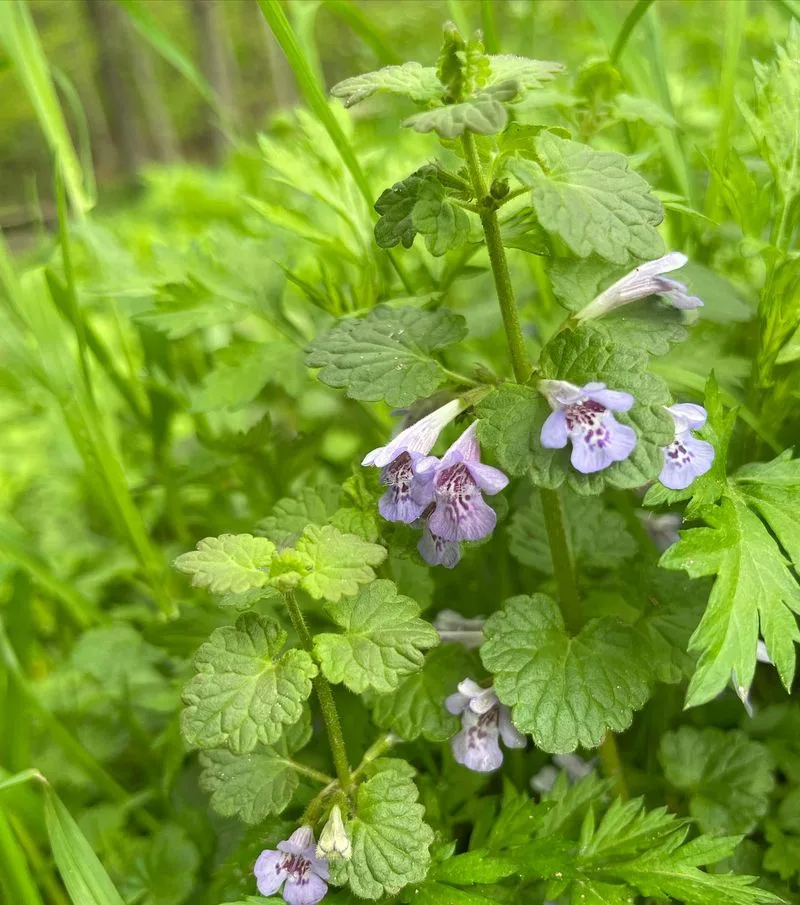
Ground ivy, with its creeping vines, was once merely seen as a garden invader. Today, it’s cherished for its medicinal qualities and ground-covering capabilities.
Used in traditional remedies, ground ivy helps alleviate coughs and inflammations. Its charming purple-blue blossoms add a splash of color to shaded garden spots.
The plant’s adaptability and health benefits have transformed its reputation, turning it from unwelcome intruder to valued garden ally.
Shepherd’s Purse
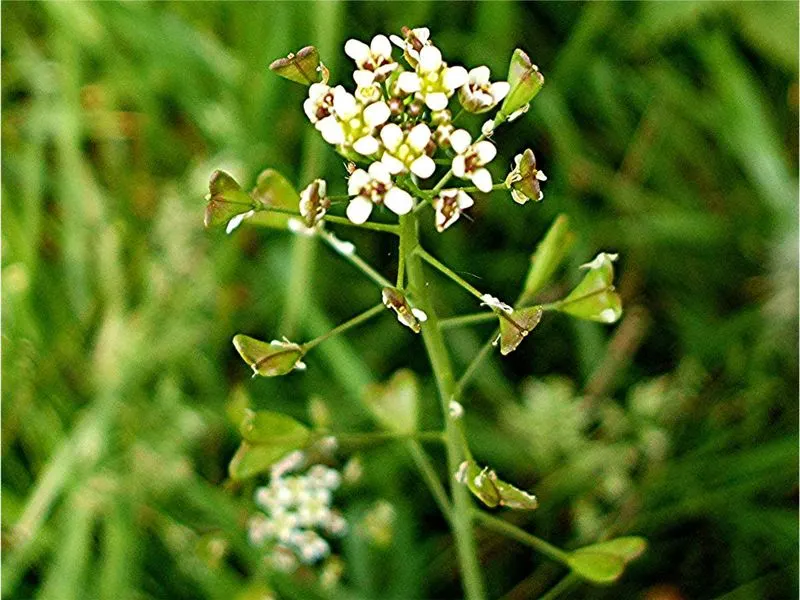
Shepherd’s purse, with its heart-shaped seed pods, has moved beyond its weed status to become a herbal favorite. Known for its ability to stop bleeding, it’s widely used in traditional medicine.
The small white flowers and distinctive seed pods make it a visually interesting addition to gardens. It’s often used in teas and tinctures for its health-promoting properties.
This humble plant’s transformation into a sought-after herbal remedy showcases its unique advantages, capturing the attention of herbalists and gardeners alike.
Sorrel
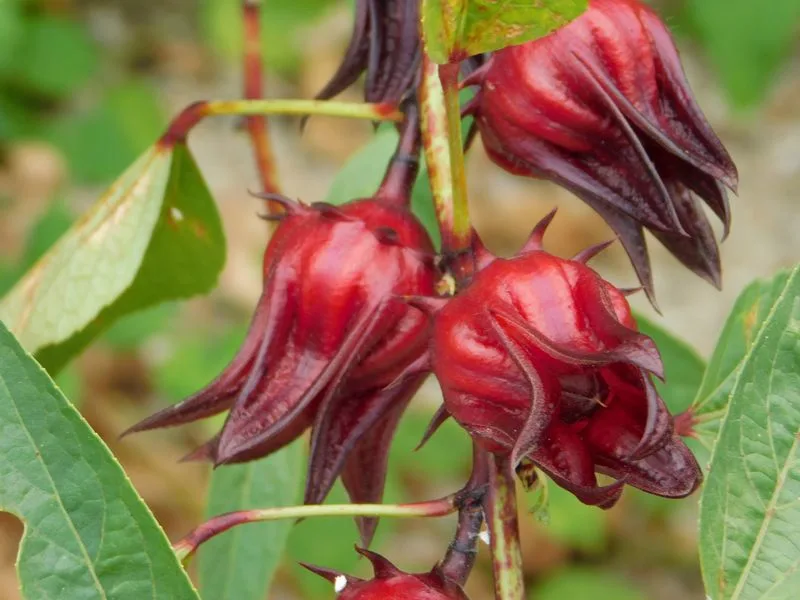
Sorrel, with its tangy leaves, has made a name for itself in the culinary world. Once disregarded as a weed, it now spices up salads, soups, and sauces with its lemony flavor.
Rich in vitamin C and antioxidants, sorrel is both nutritious and flavorful. Its bright green leaves brighten up any dish, making them a favorite among chefs.
Sorrel’s rise from garden pest to gourmet delight highlights its culinary versatility, ensuring its place in kitchens and gardens worldwide.
Borage
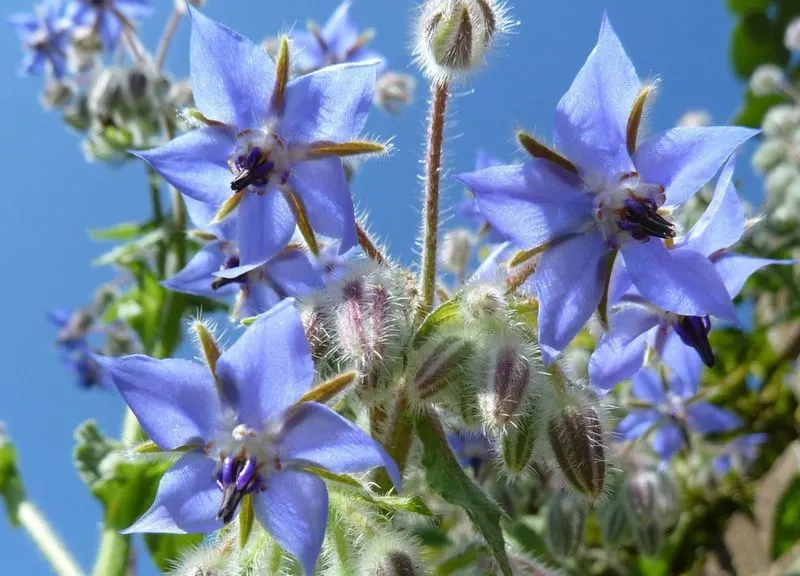
Borage, with its starry blue blossoms, adds beauty and flavor to gardens and kitchens alike. Once a wild weed, borage is now revered for its cucumber-like taste and medicinal uses.
The flowers and leaves are edible, often used in salads, teas, and as garnishes. Borage is also known for its anti-inflammatory properties, aiding in skin and joint health.
This plant’s transformation into a culinary and medicinal gem reflects its unique benefits, appealing to both gardeners and chefs.
Cleavers

Cleavers, with their sticky stems, were once a bothersome weed. Now, they’re celebrated for their detoxifying properties, often used in herbal teas and tinctures.
The plant’s ability to support the lymphatic system and purify the blood has made it a staple in natural medicine. Cleavers’ delicate leaves and unique texture add interest to wild garden areas.
From pest to prized plant, cleavers’ medicinal uses have elevated its status, gaining admiration from herbalists and gardeners.
Wild Violet
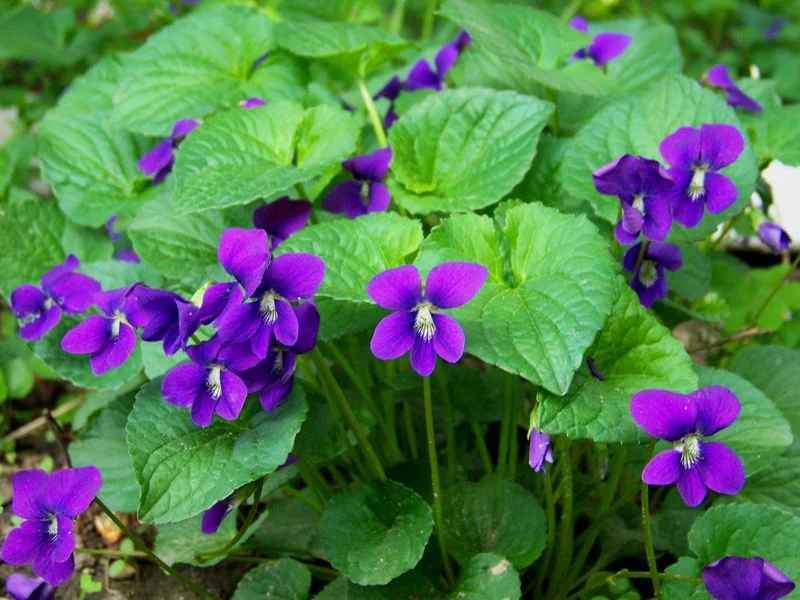
Wild violets, with their charming purple blooms, have long been overlooked as weeds. Today, they are prized for their beauty and versatility.
The flowers and leaves are edible, often used in salads and desserts for a touch of color and flavor. Wild violets also have soothing properties, used in skincare products for their gentle nature.
This plant’s journey from neglected weed to cherished garden flower highlights its aesthetic and practical benefits, capturing the hearts of gardeners and cooks alike.
Red Clover

Red clover, once dismissed as pasture fodder, is now recognized for its health benefits and beauty. The pinkish-red flowers are rich in isoflavones, supporting hormonal balance and heart health.
Beyond its medicinal uses, red clover adds visual interest to meadows and gardens. The plant’s ability to improve soil quality through nitrogen fixation has made it a favorite in sustainable gardening.
Red clover’s transformation into a multipurpose plant underscores its ecological and health advantages, attracting attention from herbalists and ecologists.
Yarrow
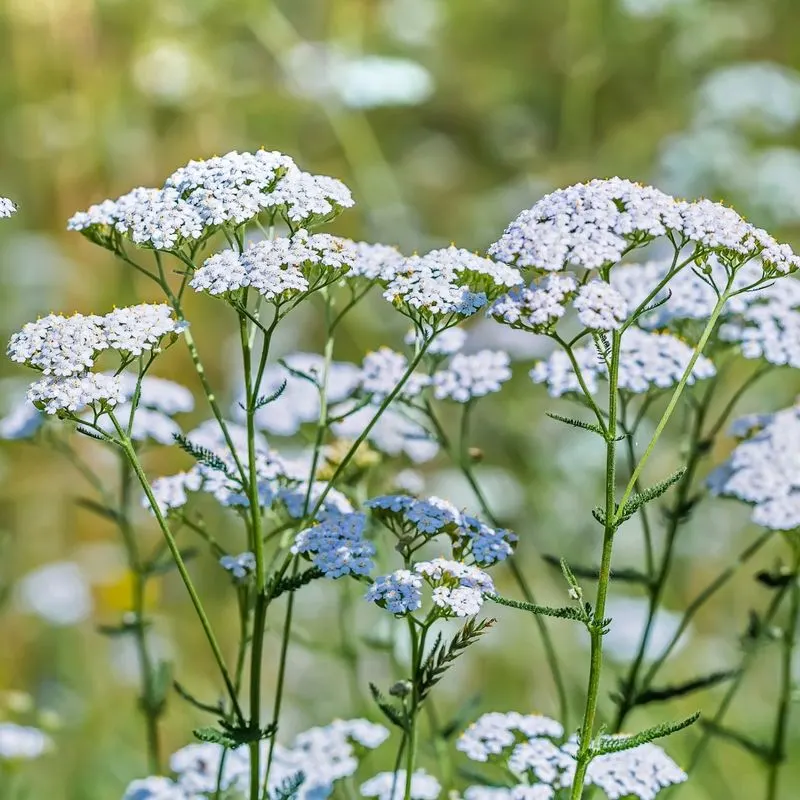
Yarrow, with its delicate white blooms, has transitioned from weed to wonder plant. Known for its healing properties, yarrow is used in treating wounds and reducing inflammation.
The plant’s feathery leaves add texture to gardens, while its flowers attract pollinators. Yarrow’s drought tolerance and ease of growth make it a resilient choice for gardeners.
From medicinal uses to ecological benefits, yarrow’s versatility and beauty have secured its place in gardens and natural medicine cabinets.
Queen Anne’s Lace
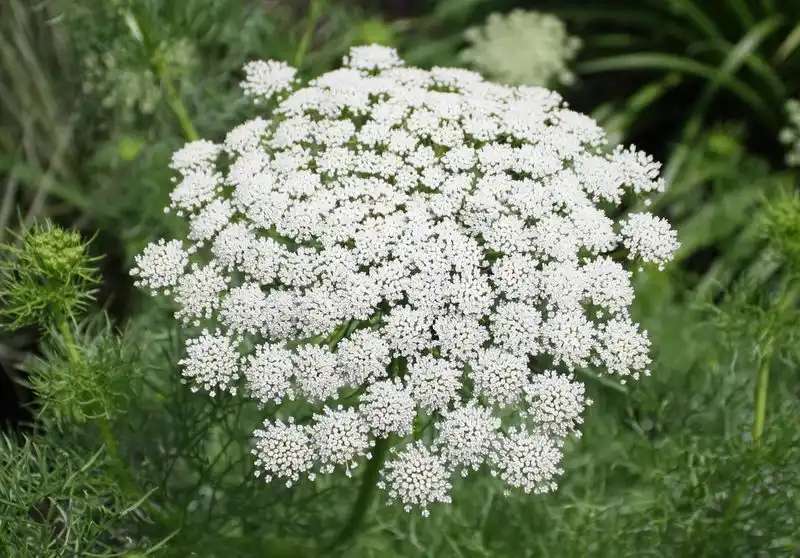
Queen Anne’s lace, with its intricate white flowers, was once merely a roadside weed. Now, it’s admired for its delicate beauty and culinary uses.
The aromatic seeds are used for flavoring dishes, while the flowers make charming bouquets. Queen Anne’s lace also serves as a host plant for beneficial insects.
This plant’s elevation from weed to garden favorite highlights its aesthetic appeal and ecological contributions, captivating gardeners and nature lovers.
Wood Sorrel
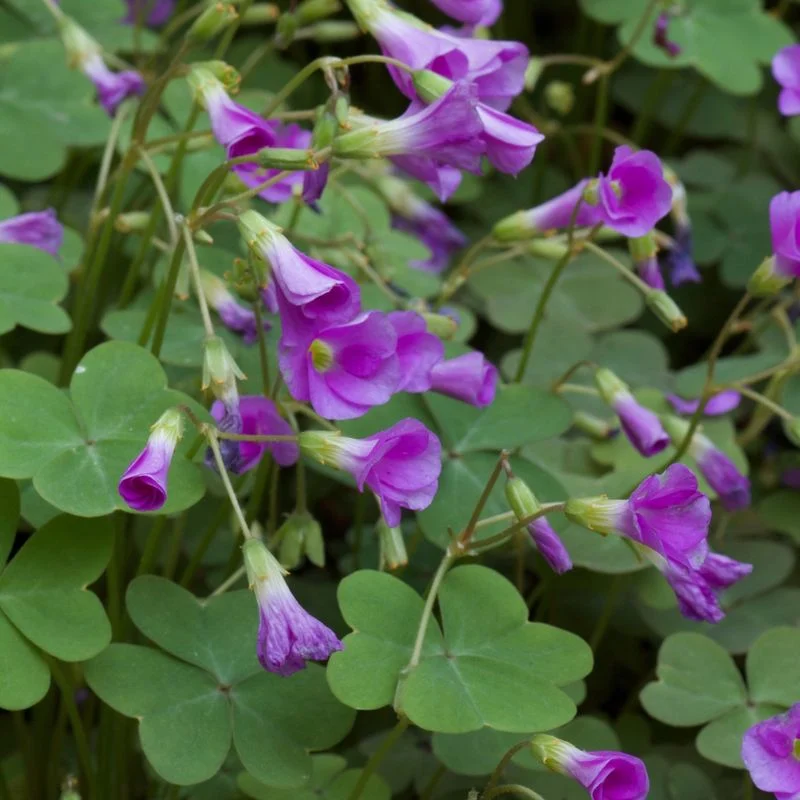
Wood sorrel, with its clover-like leaves, has left its weed status behind. The plant’s tart, lemony flavor makes it a delightful addition to salads and sauces.
Rich in vitamin C, wood sorrel is both nutritious and flavorful. Its charming yellow flowers add a splash of color to dishes and gardens.
From unwanted weed to valued culinary herb, wood sorrel’s unique taste and benefits have endeared it to chefs and gardeners alike.
Vetch
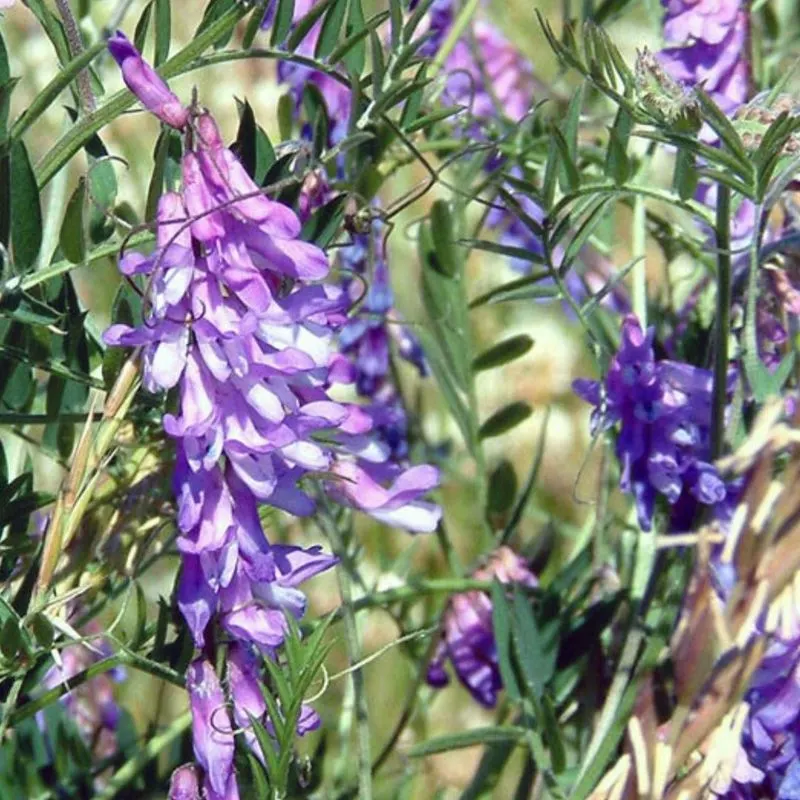
Vetch, once scorned as an invasive weed, has found a new role in sustainable agriculture. The plant’s nitrogen-fixing abilities enrich the soil, making it a popular choice for cover cropping.
The vibrant purple flowers add visual interest, attracting pollinators and beneficial insects. Vetch’s adaptability and ecological benefits have turned it into a valuable ally for farmers and gardeners.
This plant’s rise from weed to ecological asset underscores its importance in promoting biodiversity and soil health.
Burdock
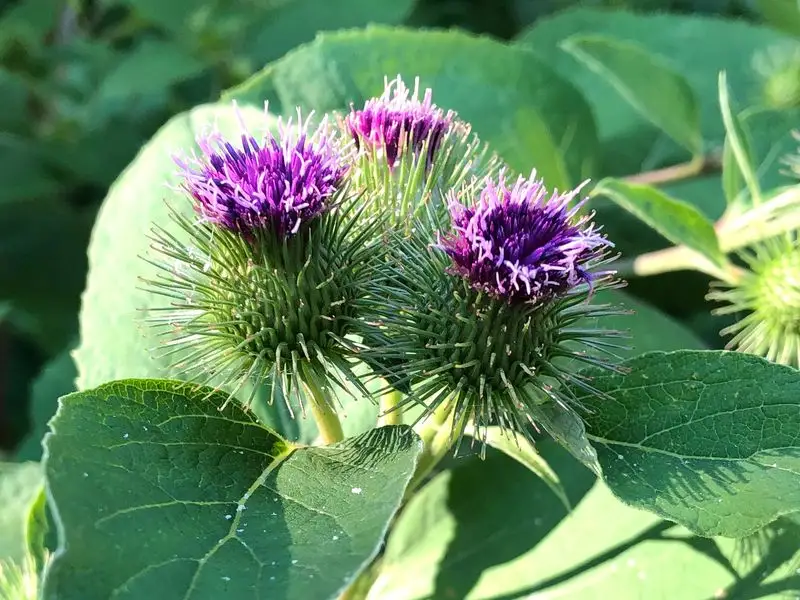
Burdock, known for its tenacious burs, has made a comeback in herbal medicine. The plant’s roots are prized for detoxifying properties, supporting liver and skin health.
Beyond its medicinal uses, burdock’s large leaves add drama to gardens, while its burs offer unique texture. The plant’s resilience and benefits have transformed it from nuisance to natural remedy.
Burdock’s journey from weed to wellness ally highlights its versatility and health advantages, appealing to herbalists and gardeners alike.

